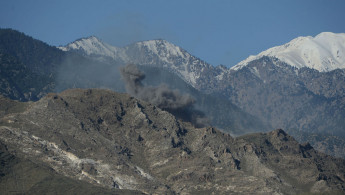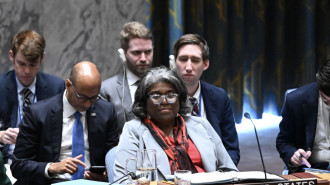Leader of Afghan IS branch killed in US airstrike: Pentagon
Abu Sayed and other IS militants was killed in a July 11 strike in Afghanistan's northeastern province of Kunar on the headquarters of IS-Khorasan Province (IS-K), the Pentagon said in a statement.
"You kill a leader of one of these groups and it sets them back," Pentagon chief Jim Mattis told reporters.
"It's obviously a victory on our side in terms of setting them back. It's the right direction."
IS-K overran large parts of Nangarhar and Kunar provinces, near the Pakistan border, after it first emerged in 2015, but their part in the Afghan conflict had been largely overshadowed by the operations against the Taliban.
Afghan and US forces had killed Abu Sayed's two predecessors atop the group's Afghan branch - Hafiz Saeed in July 2016 and Abdul Hasib in late April of this year, the Pentagon said.
Hasib and other top militant commanders were killed in a joint raid by US Army Rangers and Afghan special forces.
At the time, the US military had said Hasib's death would "help reach our goal of destroying them in 2017."
"We will continue until they are annihilated. There is no safe haven for ISIS-K in Afghanistan," said General John Nicholson, who leads US Forces-Afghanistan.
The group now numbers fewer than 1,000 in Afghanistan, Pentagon officials said.
The compound used by Hasib in Nangarhar province was not far from the spot where on April 13, the US military dropped the largest non-nuclear bomb it has ever used in combat, hitting IS positions.
The deployment of the so-called Mother Of All Bombs (MOAB) killed at least 95 militants, according to the Afghan defence ministry, but fighting in the area has continued.





 Follow the Middle East's top stories in English at The New Arab on Google News
Follow the Middle East's top stories in English at The New Arab on Google News
![MP Essam Diab's pursuit to block TikTok in Egypt has revived an already ongoing debate in the country. [Getty]](/sites/default/files/styles/image_330x185/public/1230748046.jpeg?h=a5f2f23a&itok=-8MqBLLC)

